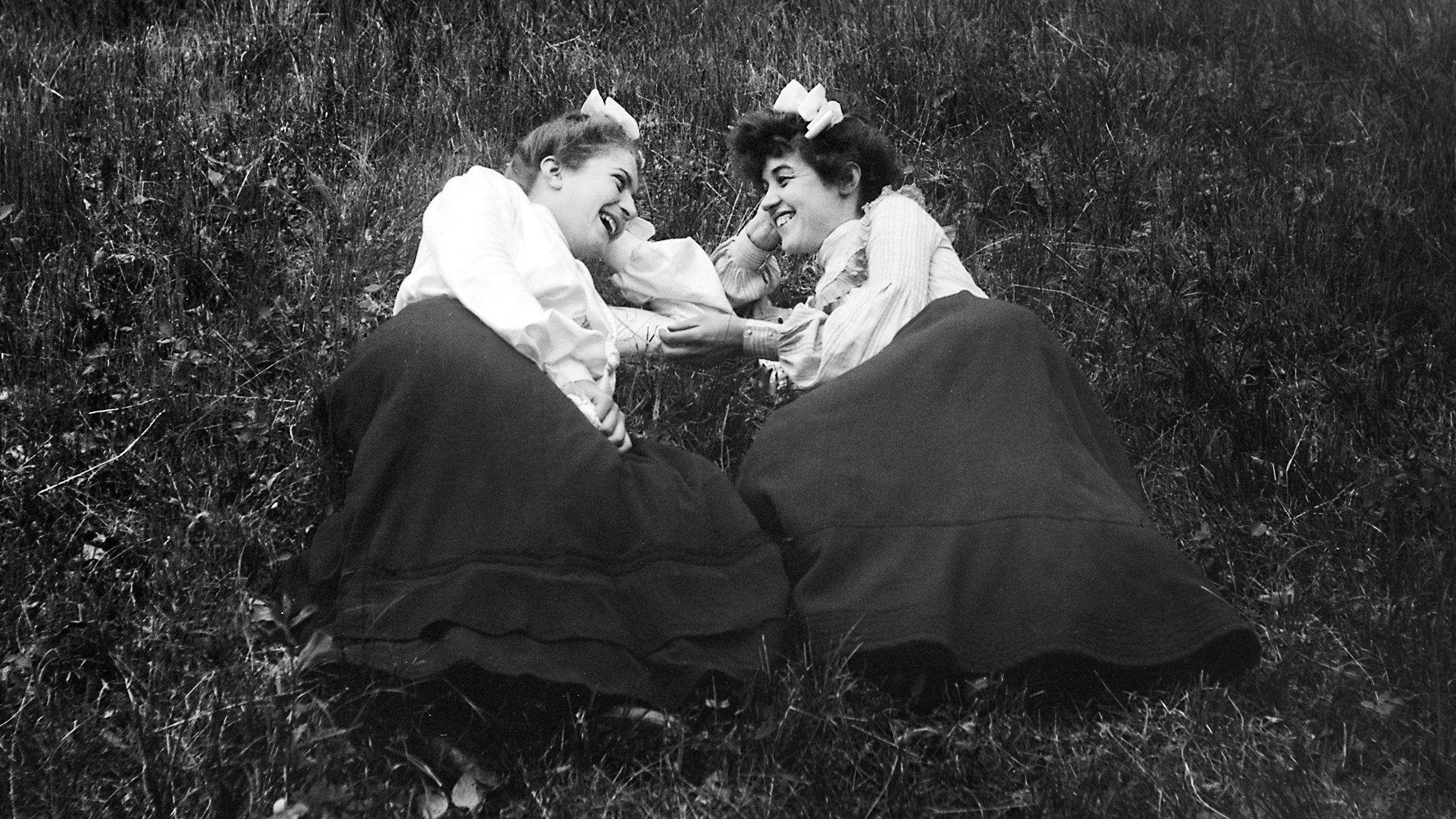The Superfluous Man?

So Hanna Rosin is getting some attention by playing with the big idea that “men are finished.” That doesn’t mean they will literally disappear. It’s just women don’t need them anymore.
Well, for the foreseeable future, they will continue to need them for their sperm and for sexual enjoyment. What we don’t need is what we regard as the “social construction” of the manly man, the person who brings indispensable sex or gender specific qualities and capabilities to the table.
Not only do men no longer rule, they’re no longer even worth their keep.
It’s women who excel at picking up the skills required to flourish in our service and information economy. Students at our good colleges are predominately women. Women under 30 have better jobs and make more money than men of the same age. That “gender gap” will continue to widen. Experts say that everything that goes on in school from first grade onward is biased in favor of women and against the spiritedness (sometimes now called attention deficit) that is more pronounced in men. School really has become a “girl thing.”
The woman’s experience in college surely is distorted by the competitive marketplace created by the scarce resource that is men. Not only are the men scarce, but they’re inferior, on the whole, to the women in terms of both intellectual performance and moral maturity. So college administrators imagine that their female students must be unhappy. One solution: Lots of colleges have decided to create or restore football programs. Football, after all, is one area in which women have no chance of being competitive. But there’s mixed evidence on whether women who come to college to learn and be productive are that impressed by men who come to college to play a game. (We’re obviously not talking Division I football here, but the colleges that compete at lower levels.)
Football does remind us, especially here in the South, that we continue be impressed by strong and noble warriors when we can see them in action. It also reminds us that sports, in general, remain a meritocracy dominated by men. Being a warrior, though, seems to be less of a marketable skill or competency than ever.
One consequence of course of good colleges being dominated by women is that many women have to “marry down”–meaning marrying a man who has less of what it takes to flourish in the 21st century competitive marketplace. The “alpha wife” who’s a much better earner than her husband (or boyfriend) has gone from being very rare to almost typical. When you add in the exploding number of single moms, it’s clear that a shrinking minority of women are economically dependent on men. Meanwhile, the number of male “dependents” grows steadily. The husband or boyfriend becomes another mouth to feed.
It seems that when men don’t have decent, steady jobs, they often lose their will to be fathers in the full sense, to be responsible parents. As the economic situation of members of lower part of middle class (where so many relatively unskilled and marginally productive men are found) becomes more precarious, families, from a traditional view, become more pathological. But “pathological” seems judgmental. Families become more matriarchal, as women step up and figure out they can get by–or more than get by–without reliable men.
One piece of evidence in favor of the theory that gender roles are socially constructed is that women, as they ascend to economic and relational dominance, become more confidently aggressive. One piece of evidence against that theory, of course, is that men, when they come to be ruled by women, don’t take on the “gender roles” traditionally assigned to women: Being the “domestic goddesses” who run the home and take most of the responsibility for nurturing children. That means, of course, that our country is plagued by numerous “caregiving” issues that really can’t be resolved by government policies. It’s not so easy, after all, for most single moms to do it all.
It goes without saying that the entry of women as free individuals into economic and political life is progress for which we should all be proud. Someone might even say that what Rosin calls “the end of men” might be the fulfillment of our Constitution’s promise that every American be understood to be a free and equal person. But we’re stuck with the fact that the emerging world is one in which women are, in the obvious ways, doing much better than men. And anyone with eyes to see knows that both men and women wish our men were better, were better at “manning up” to find their relational places both as men and as persons. Nobody can really deny that it would be better if men who father kids were fathers in full, even if they married (or even hooked up) up (as obviously they sometimes–just not often enough–are).
For now, we’re also stuck with thinking about the fact that a freer country is in some ways a lonelier one.
The only realistic conclusion, of course, is to remember that “the end of men” gets its force as a “big idea” by being a socially contingent exaggeration.





